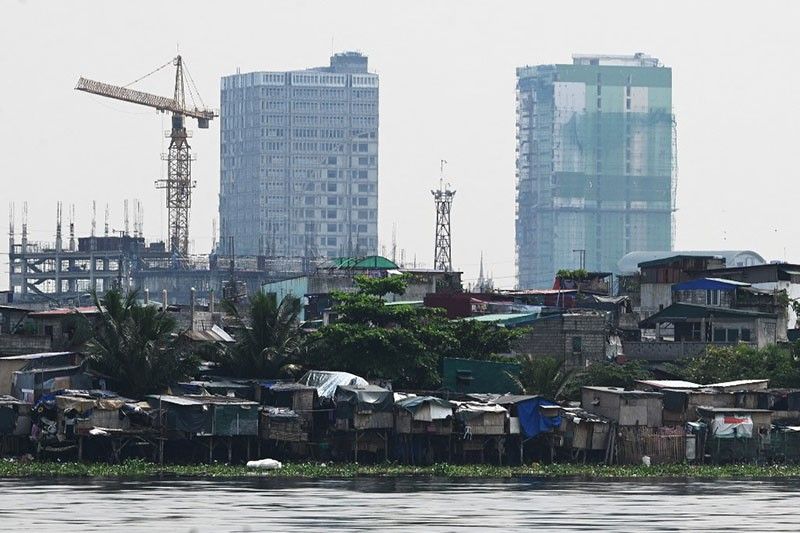The Corruption Perceptions Index rise and slump

Last week, the much-awaited Corruptions Perceptions Index for 2022 was released by global watchdog Transparency International. The results for the Philippines were disappointing yet unsurprising.
The Philippines ranked 116th out of 180 countries and scored a total of 33 points on a scale of 0 (highly corrupt) to 100 (very clean). While country rankings are important in terms of understanding a country’s relative position in the index compared to other countries, the more important trend to analyse would be the CPI score.
The CPI score, according to Transparency International, is “the perceived level of public sector corruption” according to three data sources drawn from 13 reputable institutions such as the World Bank and the World Economic Forum. While the CPI itself is not an accurate description of the corruption situation on the ground, it provides a useful snapshot of the country in contrast to the rest of the world.
From 2012 to 2020, the Philippines has teetered between the scores 34 and 38. These scores are in no way near regional averages for the Asia-Pacific region which are at around 45 points for the last four years. In 2021, this score reached an all-time low of 33 points, which the Philippines has sustained in the most recent index.
These results, at face value, are an apparent cause for concern. However, there is another perspective in viewing these trends that can temper our understanding of the results, and hopefully provide lessons for the Marcos administration.
In explaining the rise and fall of CPI scores across the years, we can see an interesting trend. During the administration of former President Benigno Aquino III, CPI scores rose to 38 in 2014—the highest score within the years 2012 to 2022. However, this slumped to 35 in 2015 and 2016, suggesting that during the twilight years of PNoy’s administration, corruption continued to gain ground.
Interestingly, this “rise and slump” phenomenon was also present during President Duterte’s term. In 2018, CPI scores rose to 36 and eventually settled down to 34 in 2019 and 2020. In 2021 and 2022, these scores reached 33. This is the lowest CPI score that the Philippines has obtained since 2012.
This rise and slump can also be attributed to many various factors—it can be the result of widespread manifestations of corruption at certain points in time, or political developments within grand corruption scandals, whether it be the emergence of a new scandal, or the prosecution of the accused.
For one, the all-time low score of 33 in 2021 and 2022 can be loosely attributed to the Duterte administration’s mismanagement of the pandemic, and the resulting grand corruption scandals involving Pharmally that hounded his administration to the end.
This is also similar to the last few years of PNoy, where CPI scores fell back to 35 from an all-time high of 38. There was a public waning of belief in anti-corruption systems during the latter periods of his term due to the pork barrel scam, mismanagement of Yolanda funds, and the lack of public infrastructure that many have attributed to the diversion of public funds.
All these are grand corruption scandals that may possibly build up notions of how rampant corruption is in the country, especially when piled alongside street-level corruption that we all experience on a near-daily basis.
These analyses are by no means a conclusive cause-and-effect, but rather at best an interesting correlation between significant events relating to corruption and anti-corruption in the country and CPI scores throughout the years.
These trends are susceptible to change as well, as the current administration has prioritized messages of diplomacy and economic gains in contrast to his past two predecessors who relied heavily on anti-corruption platforms to gain popular support throughout their terms.
President Marcos started his administration with the lowest CPI score since 2012. To many, his administration consists of numerous attempts at public diplomacy and a rebuilding of public trust. Public trust is integral to how the public perceives corruption and their lived experiences of it. In the spirit of optimism, we hope that instead of a slump in CPI scores, we are met with a rise in the following CPIs.
If there is a lesson that our current president can gather from these trends, it is to ensure that he is able to end his term with as little grand corruption scandals as possible in order to lessen public perceptions of corruption—and in the context of today’s CPI results, it looks like President Marcos has his work cut out for him.
Mashan Bernice “Shanice” Espiritu is a Policy and Regulatory Manager of think tank Stratbase ADR Institute. She holds a Masters’ Degree in Public Policy with a specialization in Integrity and Anti-Corruption Policy under the Australian National University. She is also a part-time lecturer in De La Salle University-Manila.
- Latest





























